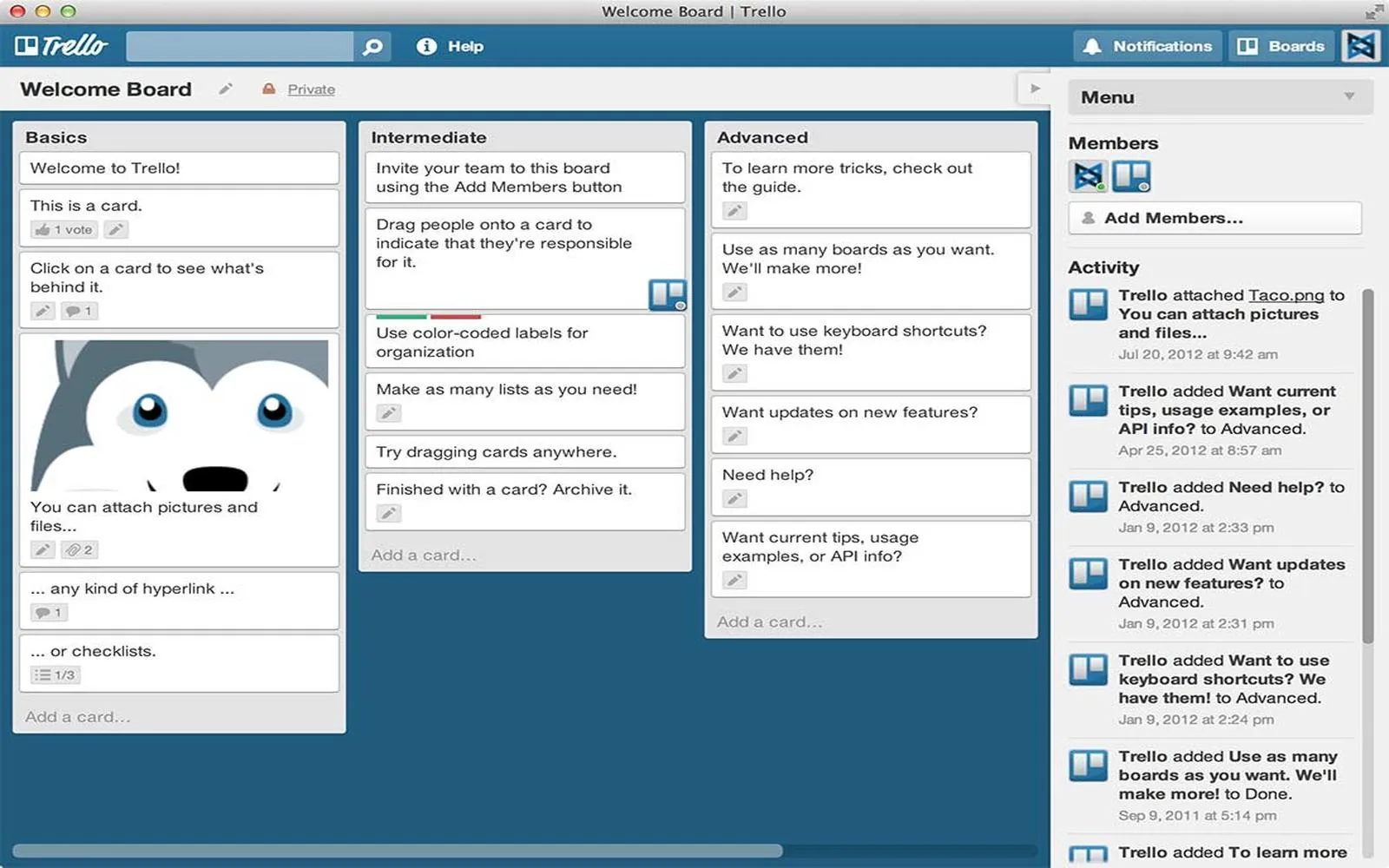Transitioning to remote work can be a daunting task, especially when time is of the essence. However, with the right strategies and tools, you can make this shift smoothly and efficiently. Below, we explore essential steps to help you transition to remote work in a hurry.
Assess Your Current Situation
Before diving into remote work, it's crucial to evaluate your current work environment and resources. Consider the following:
- Workplace Infrastructure: Do you have the necessary technology and tools at home?
- Team Dynamics: How will your team communicate and collaborate?
- Productivity Levels: Are you able to maintain focus in a home environment?
Creating a list of your strengths and weaknesses will guide your transition process effectively.
Set Up Your Home Office
Your workspace plays a significant role in your productivity. Here are some tips to create an effective home office:
| Element | Recommendation |
|---|---|
| Furniture | Invest in a comfortable chair and desk to promote good posture. |
| Technology | Ensure you have a reliable computer, high-speed internet, and necessary software. |
| Lighting | Use natural light when possible and add desk lamps for additional brightness. |
| Distractions | Minimize distractions by creating boundaries with family members or housemates. |
By setting up a dedicated workspace, you can enhance your focus and productivity.
Choose the Right Tools
Utilizing the right tools is essential for a smooth transition to remote work. Consider the following categories of tools:
- Communication Tools: Platforms like Slack, Microsoft Teams, or Zoom can facilitate effective communication.
- Project Management Tools: Software like Trello, Asana, or Monday.com can help keep your tasks organized.
- Time Management Tools: Apps such as Toggl or Clockify can help you track your productivity.
These tools not only enhance communication but also help maintain accountability within your team.
Establish a Routine
Creating a structured daily routine is vital when transitioning to remote work. Here’s how to establish one:
- Set Working Hours: Define your start and end times to maintain work-life balance.
- Breaks Are Important: Schedule short breaks to recharge and avoid burnout.
- Daily Goals: Outline your goals each day to stay focused and motivated.
A consistent routine can make a significant difference in your productivity and mental well-being.
Stay Connected with Your Team
Remote work can feel isolating, so maintaining connections with your colleagues is essential. Here are some strategies to foster team relationships:
- Regular Check-ins: Schedule daily or weekly meetings to discuss progress and challenges.
- Social Interactions: Organize virtual coffee breaks or team-building activities to strengthen relationships.
- Feedback Loop: Encourage open communication for feedback to enhance team collaboration.
Using these methods can help you feel more connected and supported during your transition.
Focus on Results, Not Hours
In a remote work environment, it's essential to shift your focus from hours worked to results achieved. Here’s how to implement this mindset:
- Set Clear Objectives: Define what success looks like for your projects and tasks.
- Use Metrics: Track your performance using key performance indicators (KPIs).
- Encourage Autonomy: Trust your team members to manage their tasks without micromanagement.
Focusing on results can lead to increased motivation and a more productive work environment.
Seek Support and Resources
Transitioning to remote work can be challenging, so don’t hesitate to seek support. Consider the following resources:
- Online Communities: Join forums or groups related to remote work for tips and shared experiences.
- Training Programs: Look for online courses to enhance your remote work skills.
- HR Support: Reach out to your HR department for guidance on company policies and resources.
Utilizing available support can ease your transition and provide valuable insights.
Conclusion
Transitioning to remote work in a hurry requires careful planning and execution. By assessing your situation, setting up an effective workspace, choosing the right tools, establishing a routine, staying connected with your team, focusing on results, and seeking support, you can make this shift successfully. Embrace the flexibility and opportunities that remote work offers, and watch your productivity soar!





